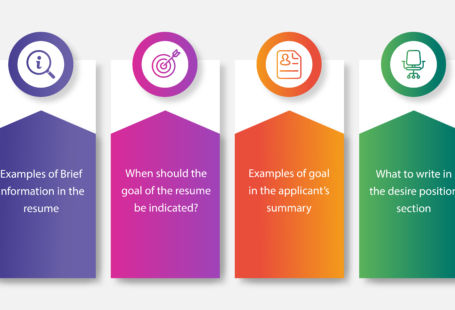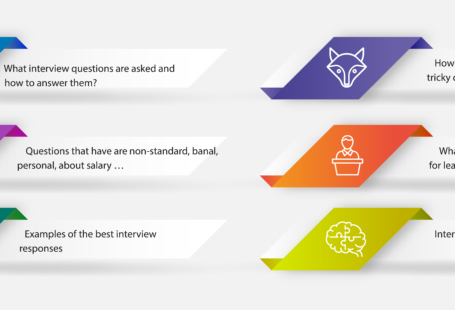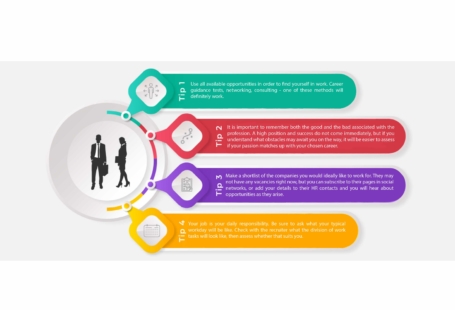Many employers consider the description of work experience to be the most important part of a resume. This section can be a key step in the hiring process.
In this article, you will learn:
- How far back you should go when detailing your work experience in a resume
- How to describe work experience in a resume if you don’t have any
- How a student should deal with work experience in a resume
- How you should order your work experience
- How you should include a promotion on your resume
What work experience should be listed in the resume?
Work experience is relevant experience but what does “relevant” mean?
The term is used to describe past jobs, training and courses related to the position you are applying for.
Successful performance of duties is impossible without the appropriate skills. Employers will only look for relevant experiences on your resume, therefore, so it makes no sense to overload them with unnecessary information. That means you must be very clear about which experience is relevant.
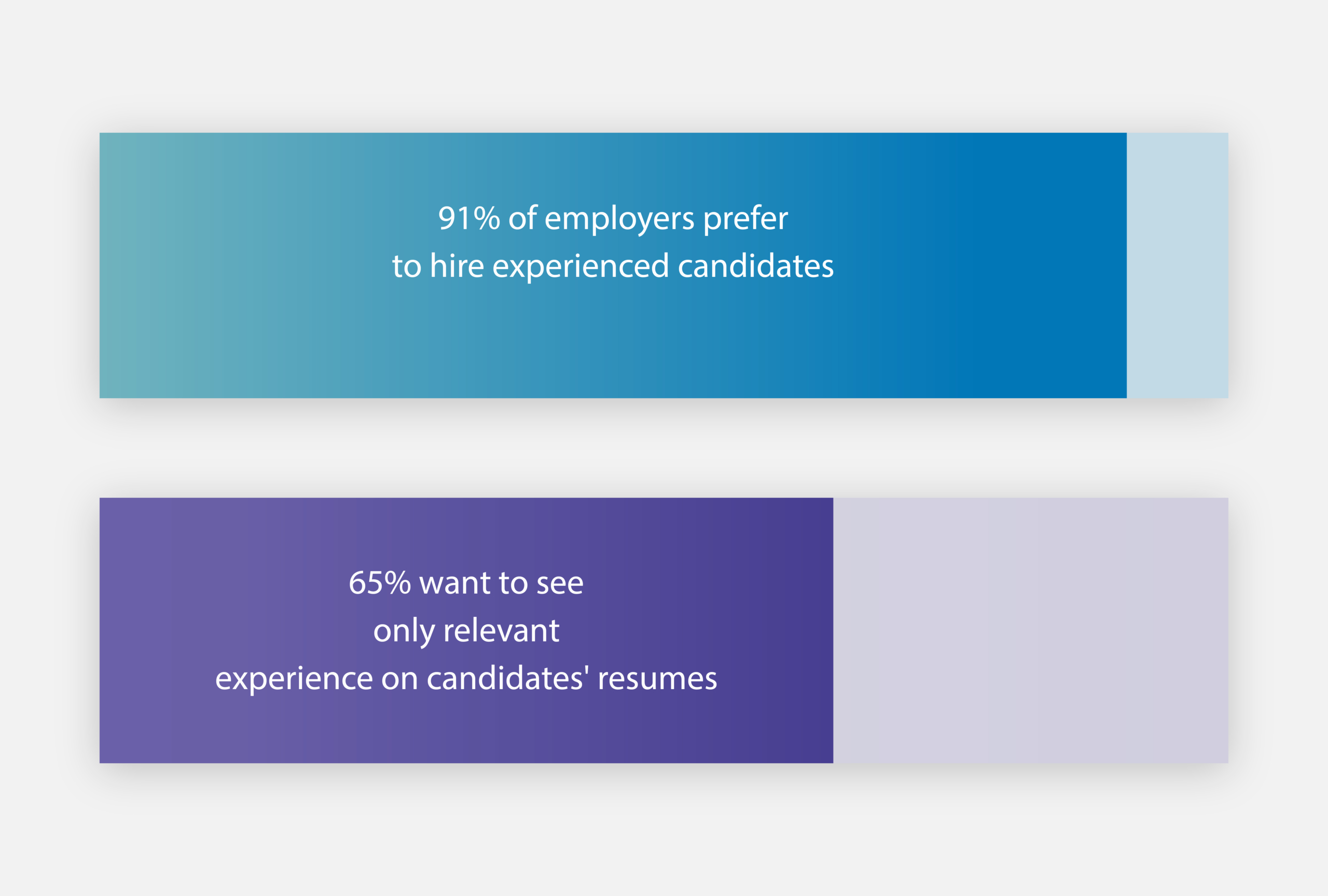
Is it necessary to include in a resume work experience that falls outside a professional category?
Consider the question by way of this example:
The candidate is looking for a job in customer service, so s/he added relevant experience to the resume. That’s what everyone would do, right?
But!
At the beginning of his/her professional career, s/he was a waiter for two years. The candidate did not feel the need to include this information in the resume, on the basis that the «Customer Service Representative» post is different from the job of «Waiter».
And yet, these two jobs have a lot in common. Experience in serving people, albeit in a different area of expertise, is relevant, depending upon how it is framed, of course. You could note in the resume, say, that two-thirds of clients left an above-average tip and were satisfied with the service. And in the cover letter, you could note that the first job as a waiter helped you learn and develop communication skills with clients.
Tip: ALL your knowledge, skills and achievements listed in the “Work Experience” section of the resume must meet the requirements of the vacancy for which you are applying.
What to write in the Work Experience section?
Your Work Experience section should include the following:
- Position
- The name of the company
- Town
- Dates of work
- Information about the company
- Summary of responsibilities
- Your Key Skills / Achievements
How to include work experience in your resume
Title of section | “Work Experience” |
In what part of the resume should you write about experience? | Immediately after the section “At a Glance” if |
Order of experience | Reverse chronological order: start with your |
Each new experience starts with three | Position, company name, period of work. |
Brief outline to describing your experience | Select up to 5 items that describe your |
Key Achievements | Indicate your achievements according to the principle “Problem-Action-Result”. |
Experience in resume: how far back should I go?
Everything is individual here.
What if I don’t have much experience?
List all paid work you’ve ever done, including internships, part-time work, temporary work and freelancing. Read more in our article: Resume Work Experience for Students
If you’re a mid-level professional
Before the Education section, include detailed descriptions of relevant positions. If you have experience that is not relevant to your industry, only mention it briefly.
If you’re an experienced candidate
First, in the Brief Information section, give details of your two or three most important achievements and then go on to describe your relevant experience, but do not go beyond the the last 15 years. Your primary education is not that important to employers, so first list your refresher courses / training / certificates and fill in the Education section at the very end.
Tip: Do not exceed this limit, even if you have remained in the same position for a decade.
How to describe work experience in a resume? In what order should work experience be listed? Example, sample and tips.
Here’s an example of writing work experience on a resume.
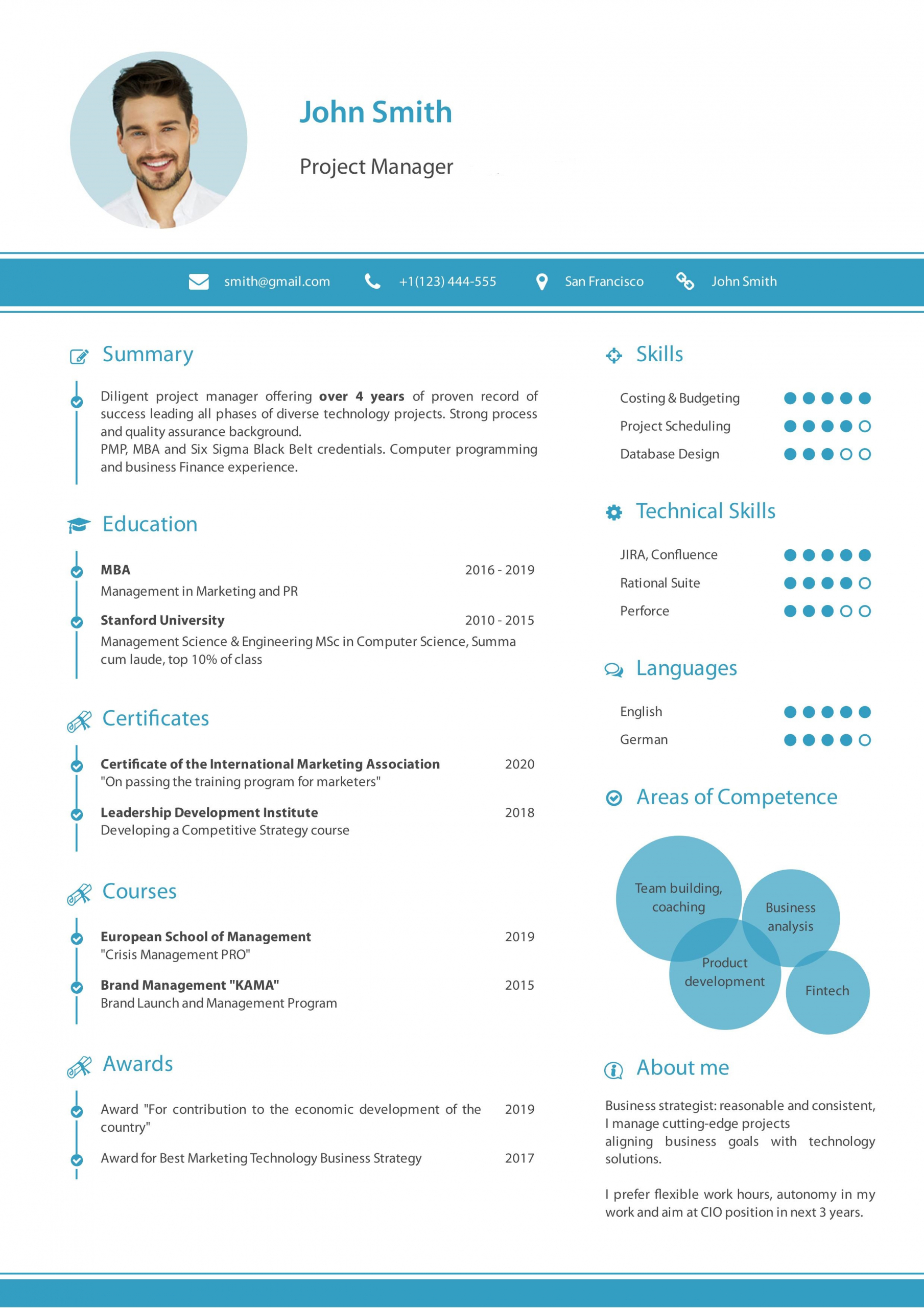
Let’s get to the tips:
1. Adapt the text of the resume to the vacancy
Read the job description included in your job posting and look for keywords related to your responsibilities. Include them in the paragraphs describing your work experience in the resume.
See how this works in practice:
Let’s say there is a vacancy for a programmer position that requires a candidate to:
Provide design and development of a mobile application project (1)
Meet with business owners and other stakeholders (2)
Develop and transfer project requirements (3)
Review test results and further development (4)
Mentor less experienced employees (5)
Key words are highlighted in blue. Here’s how you can include them in the work experience description:
Java programmer
Black Knight Financial Services
2010-2018
Designed and developed up to 10 applied projects per year. (1)
Developed project requirements (3) in collaboration with the data analysis team.
Participated in project meetings (2) with technical staff, business analysts and external stakeholders.
Mentored (5) over 15 junior programmers and developers.
Key achievement: A test automation tool was developed (4), which reduced test time by 55%.
2. Incorporate results and achievements from each position into your work
What distinguishes successful candidates is their ability to highlight and describe their achievements on their resume.
Any applicant can describe in detail their responsibilities at a previous place of work, but 10-15 points do not necessarily strengthen the resume. They are just as likely to tire the manager who is forced to read 5 pages of text. Instead, you should include your accomplishments in your Work Experience description. For example, computer experience in a resume.
Tip: Use the Problem-Action-Result Technique. Think about the problem you faced, the solutions you came up with and what you managed to achieve.
3. Use strong verbs
Use verbs suggesting accomplishment or achievement at each point in the resume work experience. This always works, regardless of your experience and expertise. Don’t simply write that you “did” something. Say “achieved,” “accomplished,” “studied,” and so on.
Take a look at these example points from the job description of a project manager’s resume:
4. Create a career path
Tip: The recruiters are interested in your career. “I want to understand why you moved from this job to another one”, – medical recruiter portal, Jobscan.
Ideally, the trajectory of your work experience will reveal things like increasing responsibility and focus in your career. When you write about your experience in your resume, ask yourself, “Can anyone guess why I changed jobs?”
Avoid writing statements like: “My manager has made my life a hell, so I just needed any new job.” You should be trying to show how you used potential growth points.
5. Move from general to private
When it comes to ordering your work experience, you always go from general to private. I the position is the HR Brand Development Manager, you must start by describing the tasks needed to draw up a strategic brand development plan and then move on to describe the individual tasks, for example, what developments are implemented.
- List your experience in reverse chronological order
- Use title and text formatting
- Include keywords in your resume
- Write about your accomplishments
- If you have changed jobs regularly, explain why
- Just focus on the last job
- Write about a false experience on your resume
- Use long-winded sentences and paragraphs
Use these tips, together with our example of the perfect resume, to create your own resume.
How do you put a promotion on your resume?
If the only change was the title of the job and the salary, you can specify this as part of the description of your work experience. Example:
SAVEMORE BUILDING SOCIETY, LEEDS
(January 2015 – present)
Branch Manager (January 2016-present)
Assistant Head (January 2015 – January 2016)
- Mention promotion
- Responsibilities of both positions
- Achievements and results for both positions
If, however, your responsibilities have changed as a result of the promotion, add a new sub-section with a separate description:
SAVEMORE BUILDING SOCIETY, LEEDS
(January 2015 – present)
Branch Manager (January 2016-present)
- Description of responsibilities
- Achievements and results
Executive Assistant (January 2015 – January 2016)
- Description of responsibilities
- Achievements and results
- Mention the promotion
Tip: If you worked two jobs at the same time and got promoted in both, start with the most important work. Which one is the best for the job you are currently applying for?
How to describe work experience in the resume
Select the appropriate order for your resume experience:
Chronological format: In the chronological summary, you will list your history from the most recent position. This is the most commonly used format because it clearly shows how you have progressed in your career. This method works best if you have at least three years’ experience.
Functional format. With a functional summary format, you classify your achievements and skills according to the new requirements. All you have to do is give the names of previous employers and the length of each employment period. Since this format focuses on your achievements and skills rather than the jobs you have occupied, it is a suitable option if you have recently graduated or have significant gaps in employment history.
Combined format: This provides more flexibility, allowing you to present your work history in a way that highlights your strengths. With this option, you first give some brief information about your professional experience and then a list of your achievements and skills. Think about using a hybrid format if you apply for a leadership position.
Read more in our article: Summary Formats
If there are gaps in your experience
Even long periods of unemployment are not a showstopper for employers if they are followed by professional experience in the relevant field.
A gap in your employment history does not affect the success of your job application if you have been unemployed for 9 months or less.
An employment gap of 9 months or more can only reduce your chances if you are looking for middle-level or low-level jobs.
Tip: If you have a gap in employment, you can briefly explain this gap in your cover letter. Read more about how to write the letter in this article.
Key “takeaways”
- Talk only about relevant experience and adapt this section of the resume to the requirements of the vacancy
- If you have long breaks in your career history, it is advisable to explain these in an accompanying letter
- Group similar duties in your career so that you don’t overload your resume
- Include keywords from the job description that match your experience
- If you have a solid track record, include only the last 10-15 years
- Make all paragraphs of the section short and easy to read
- Only include information that is relevant to the employer
- Check for grammar and spelling errors
- Read the most complete resume guide so that other sections can be completed in correctly

